Professorin / Lehrstuhlleitung
Adresse:
Ruhr-Universität Bochum
Fakultät für Informatik
Digital Sovereignty Lab
Universitätsstraße 150
D-44801 Bochum
Raum: MB 02/79
Telefon: +49 (0)234 32 20696
Sprechzeiten: Nach Absprache
E-Mail: karola.marky(at)rub.de

